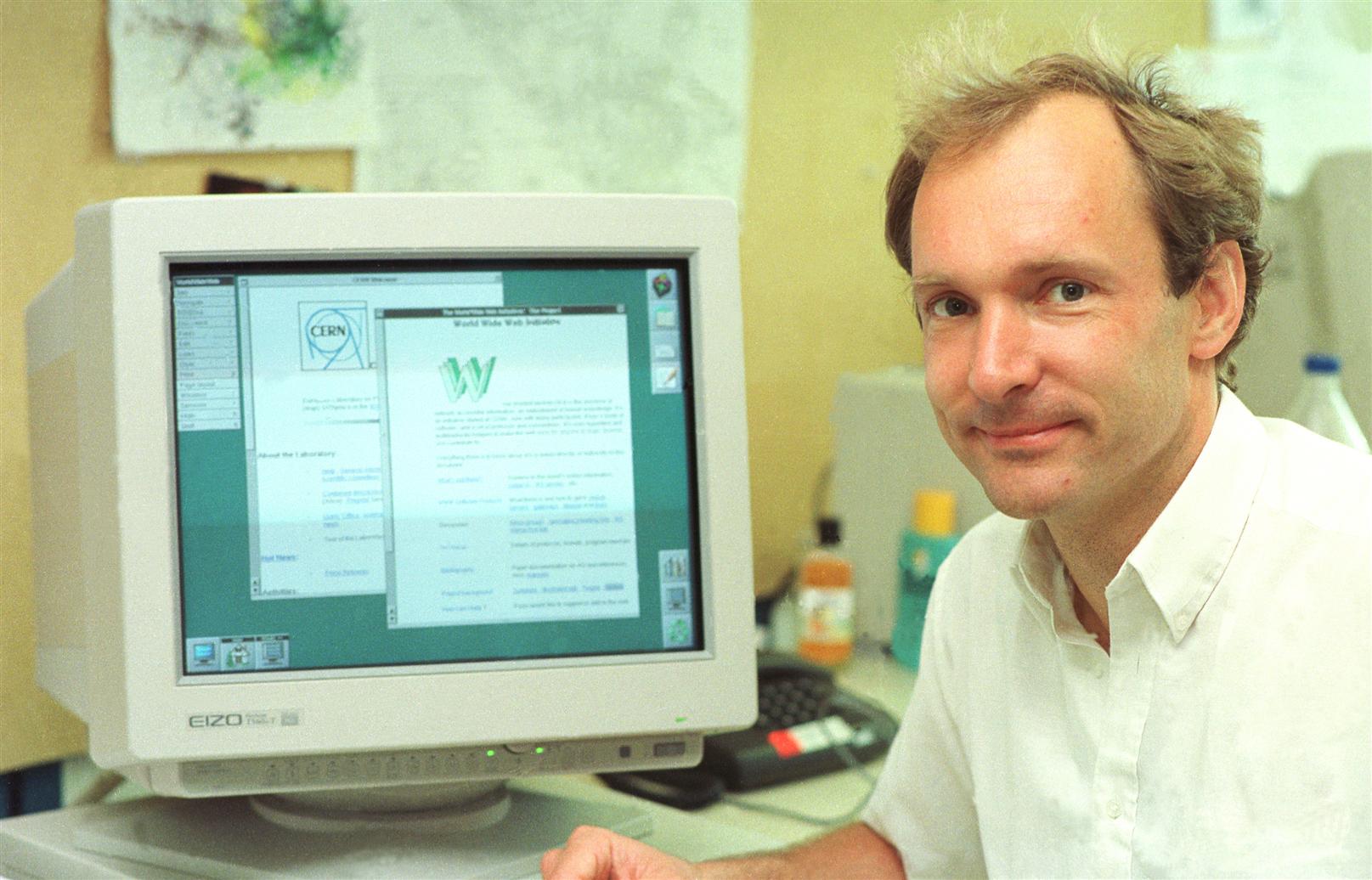HTTP History
This section will cover the history of HTTP, including its beginnings and key milestones. Here we will also discuss how HTTP has evolved over time, including the major changes and updates that came with each new version of it.
Where it all began
A man named Tim Berners-Lee and his team created a hypertext system initially called Mesh, but later renamed the World Wide Web, more commonly known by its acronym WWW. HTTP was one of the four fundamental aspects of the World Wide Web, along with Hypertext Markup Language (HTML), WWW, and a server that allowed access to the document such as HTTPD (Evolution of HTTP - HTTP | MDN, n.d.) .

Evolution
HTTP/0.9
The very first version of HTTP was called HTTP/0.9, also known as the one-line protocol. In this version of HTTP, requests consisted of a single line and started with the only possible method (GET) followed by the path to the resource, and there was no use of URLs or headers (Evolution of HTTP - HTTP | MDN, n.d.).
HTTP/1.0
After this came HTML/1.0, and while it was still very limited, its usage of browsers and servers made it more flexible. This was also when status codes and headers were introduced, and thanks to the use of headers, non-HTML files could be transmitted.
HTTP/1.1
In HTTP/1.1, the following version, connections could now be reused and cache control mechanisms and content negotiation were introduced (Evolution of HTTP - HTTP | MDN, n.d.).
HTTP/2
In the early 2010s, SPDY, an experimental protocol introduced by Google increased responsiveness and was the start of the creation of the HTTP/2 protocol. HTTP/2 was a binary protocol, meaning it cannot be read and created manually (Evolution of HTTP - HTTP | MDN, n.d.).
It was also a multiplexed protocol meaning that multiple messages and data could be sent at the same time over a single connection. The usage of HTTP/2 peaked in January 2022 (Usage Statistics of HTTP/2 for Websites, n.d.).
HTTP/3
HTTP/3, the most recent HTTP protocol, does not have a specific release date. It was officially standardized by the IETF, also known as the Internet Engineering Task Force, in 2022.
HTTP/3, unlike previous HTTP protocols, is built on QUIC instead of TCP/IP. QUIC is built on UDP, which is short for User Datagram Protocol.
UDP does not require a connection to be used, which makes it so that QUIC connects faster. Because of this it is more reliable, more secure, and quicker than its previous counterparts (What Is HTTP/3, and Should You Enable It?, 2023).